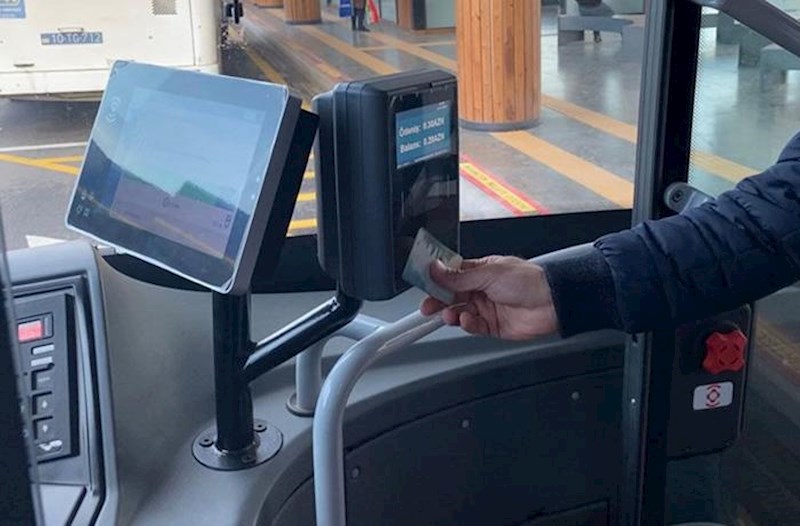
In line with the “State Program for the Improvement of Transport Infrastructure in Baku and Surrounding Areas for 2025–2030,” measures in the public transport sector are being implemented in stages.
Yeniavaz.com reports, that The Ministry of Digital Development and Transport said about it in a statement.
Under the Program, major efforts are underway to upgrade infrastructure, construct new metro stations, procure new train cars and electric buses, and develop garages, depots, power supply, and electric charging infrastructure for trains and buses.
Amid the growing need to provide higher-quality public transport services, a decision was made to regulate fares to ensure the continuity of passenger transport services and achieve the targets set in the state program. The new tariffs have been approved.
- The fare for a single metro ride is 60 qepick.
- For modern-standard city (including district), inter-settlement, and suburban bus routes that operate exclusively with cashless payments, the minimum fare is 60 qepick (fares vary depending on distance).
These fares will take effect on October 1, 2025.
The new fares will apply to city, suburban, and intersettlement bus routes within Baku where payments are made exclusively via cashless systems and buses run on electricity or compressed natural gas (CNG).
In the initial phase, this change will apply to approximately 30% of the existing routes in the capital that meet the specified standards. Routes that do not meet these standards will not be subject to fare changes.
At the same time, the fare adjustment will also apply to regular bus routes between Baku–Sumqayıt, Baku–Absheron, Sumqayıt–Absheron, and other cities and districts. This change will apply only to buses that operate with cashless payments and are powered by electricity, CNG, or diesel fuel in vehicles manufactured after January 1, 2025.
The fare adjustment is expected to have a positive impact by strengthening the financial sustainability of carriers, accelerating the renewal of the bus fleet (with around 400 new buses planned to be purchased and deployed annually in the coming years), improving payment convenience for passengers, promoting the use of environmentally friendly buses, and enhancing transparency in passenger transport.
Additionally, carriers will be incentivized to adopt cashless payment systems, creating the technical capacity to implement differential fares in passenger transport.
List of routes with increased fares at this stage:







 Tətbiqimizi yükləyə bilərsiniz
Tətbiqimizi yükləyə bilərsiniz

